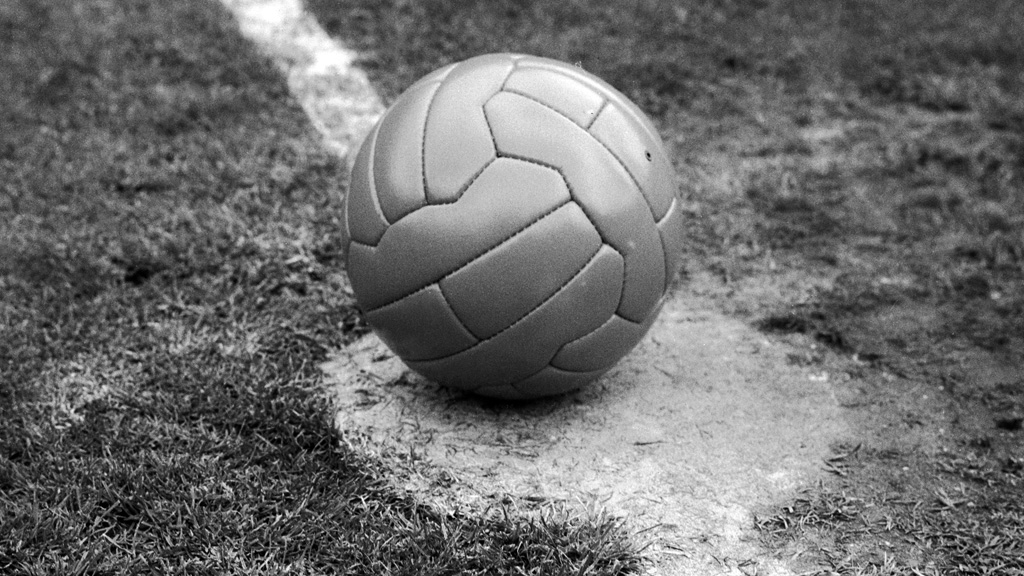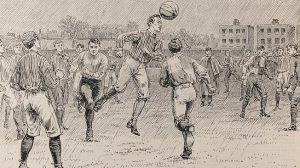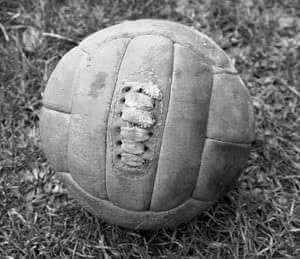Learn about the history of football

Learn about the history of football
The contemporary history of the world's favorite game spans over 100 years. It all began in 1863 in England, when rugby football branched out from their various cycles, and the Football Association of England was formed, becoming the sport's first governing body.
Both symbols stem from a common root and both have a long and intricately branched ancestral tree. Research over the centuries reveals at least half a dozen different games, to varying degrees to different degrees, whose historical development dates back to football. Whether or not this can be justified in some cases. However, the fact remains that people have enjoyed kicking a ball for thousands of years, and there is no reason to consider it a deviation from the "normal" form of playing a ball with their hands.
On the contrary, apart from the need to use the legs and feet in difficult melees of the ball, often without laws of protection, it was initially recognized that the art of controlling the ball with the feet was not easy, and, as such, required no small amount of skill. The earliest form of the game for which there is scientific evidence was an exercise from a military manual dating back to the XNUMXnd and XNUMXrd centuries BC in China.

This Han dynasty of soccer was called Zu Zhou and it consisted of kicking a leather ball filled with feathers and hair through an opening, measuring only 30-40 cm in width, into a small net fixed on a long bamboo cane. According to one form of this exercise, the player was not allowed to aim at his target unhindered, but had to use his feet, chest, back and shoulders while trying to withstand the attacks of his opponents. Use of hands is not permitted.

Another form of the game, also sourced from the Far East, was the Japanese "kimari", which began 500-600 years later and is still played today. This is a sport that lacks the competitive element of Tsu Chu with no struggle over possession involved. The players were standing in a circle, and they had to pass the ball to each other, in a relatively small space, trying not to let it touch the ground.
The Greek “Episkyros” – of which few concrete details remain – was more lively, as was the Roman “Harpastum”. The latter was played with a smaller ball by two teams on a rectangular field marked with boundary lines and a midfield. The goal was to get the ball over the opposition's boundary lines and when the players were deciding it between themselves, bluffing was the order of the day. The game remained popular for 700-800 years, but although the Romans took it to Britain with them, the use of the foot was so small that it was extremely rare.






